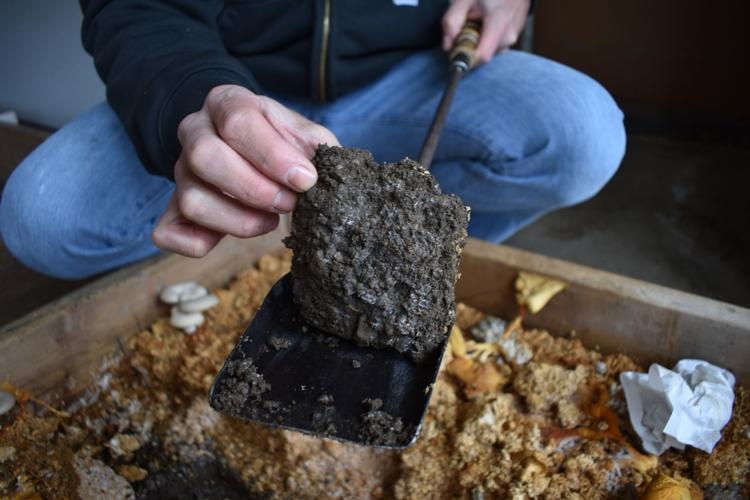How do I clean up contaminated soil?
Contaminated soil can be a daunting problem in many areas, and it’s something that many individuals and businesses struggle with. But what are the steps involved in cleaning up contaminated soil? This blog post will provide an overview of the different stages of the contaminated soil treatment workflow – from initial assessment to ongoing monitoring – to help you navigate this complex process. We’ll go over safety protocols, industry regulations, approaches to treating soil contamination, best practices for successful clean-up efforts, and more! Read on to learn everything you need to know about how you clean up contaminated soil.
How do I Identify the pollutant that caused contamination in the soil
When it comes to contaminated soil treatment, the first step is to identify the pollutant that caused the contamination. There are many sources of soil contamination, including industrial waste and agricultural chemicals. In some cases, natural materials such as metals or organic matter can lead to contamination. Once the pollutant has been identified, treatments need to be applied in order to restore the soil’s natural balance. These treatments might include physical removal of hazardous substances from the soil, biological treatments using bacteria or other organisms, or chemical treatments using surfactants and absorbents. Knowing what caused the contamination is key for effective remediation and ensuring a safe environment for all living things.
Develop a plan for removing the contaminants from the soil
Developing a plan for remediating contaminated soil can be complex, but stepping through the process methodically will lead to a solution. Evaluating potential risks and determining acceptable levels of contaminants is essential for charting the best path for success. After identifying the hazardous components, treating them effectively becomes paramount. Depending on the nature of the contamination and local regulations, there are multiple possible strategies that could be employed, such as chemical oxidation, bioremediation or incineration; each with its own benefit and drawbacks. Ultimately though, getting the affected site back to normal requires knowledge of every detail and procedure that must occur to ensure safety during and after treatment.
How do I Choose an appropriate treatment technique?
Choosing the ideal treatment technique for contaminated soil, such as bioremediation or land-farming, requires an analysis of existing contamination levels and the goals set for the desired outcome. Bioremediation involves introducing natural microbes to the soil to clean up hazardous contaminants. This technique is often a more cost-effective approach when contamination levels are not too deep. Land farming, on the other hand, calls for scraping away impacted soil and spreading it into thin layers over impermeable ground cover, where natural microbial processes can still break down contaminates with minimal risk of leaching. Both treatment techniques are viable options depending on the scope and severity of contamination; ultimately, professional knowledge and expertise is essential in selecting the best option to meet environmental standards while saving time and money.
Treating contaminated soil is an important and oftentimes complex process that requires many resources. It is vital to properly identify the pollutant in question and gauge its severity accurately, as this will determine our course of treatment action. From there, we must choose the right technique suited for the job, follow strict safety procedures and protocols, and observe any long-term effects after treatment has concluded. In successfully doing so, we can rest assured knowing that we have preserved both the environment and quality of life for those living within proximity.
For more information and for waste management services visit the DHI Excavations website

